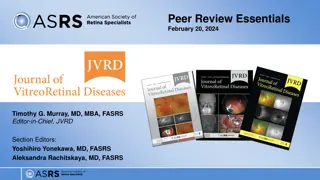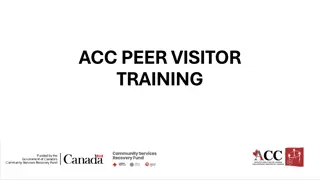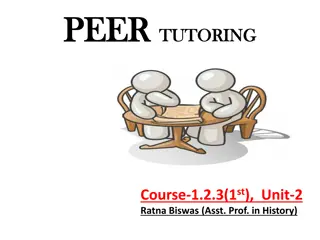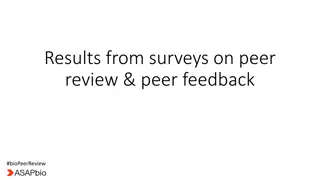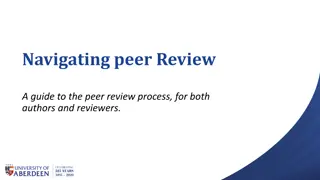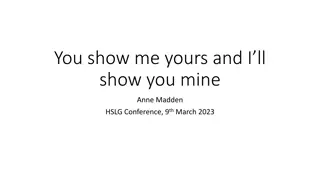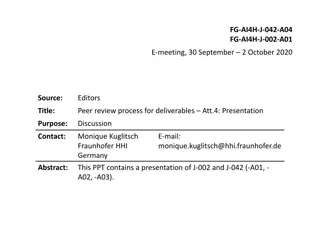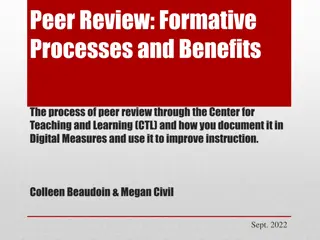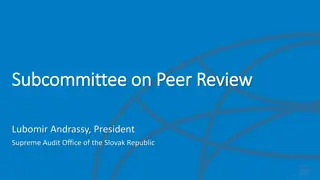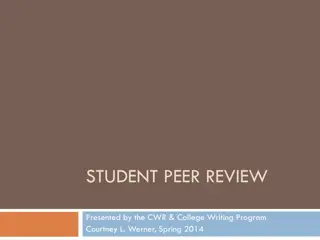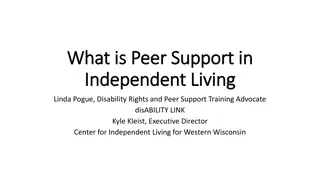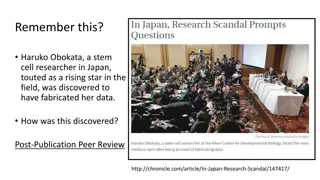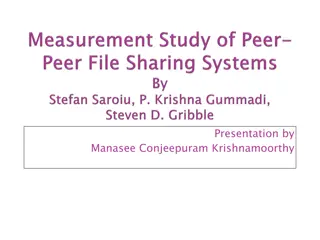Women in Publishing: Peer Review Standards
This study delves into the underrepresentation of women in academic publishing, exploring implicit biases, diversity's effect on research quality and bias reduction, and the standards female economists face. It highlights the challenges faced by female authors, from peer review to citation rates, questioning if research by women is held to higher standards.
Download Presentation

Please find below an Image/Link to download the presentation.
The content on the website is provided AS IS for your information and personal use only. It may not be sold, licensed, or shared on other websites without obtaining consent from the author.If you encounter any issues during the download, it is possible that the publisher has removed the file from their server.
You are allowed to download the files provided on this website for personal or commercial use, subject to the condition that they are used lawfully. All files are the property of their respective owners.
The content on the website is provided AS IS for your information and personal use only. It may not be sold, licensed, or shared on other websites without obtaining consent from the author.
E N D
Presentation Transcript
Publishing while female: Are women held to higher standards? Evidence from peer review. By Erin Hengel Discussion by Anne Boring May 14th, 2018
Research on the underrepresentation of women What do we know? To what extent are women and minorities underrepresented? To what extent do implicit attitudes and institutional practices exist? Does it matter? Does more diversity lead to better research? Does more diversity reduce biases? What can we do?
Proportion of female economists by country Source: Female representation in Economics, RePEc, January 2018 See: Economics: where are the women? Boring & Zignago (2018)
Shares of women in RePEc, by PhD cohorts Source: Female representation in Economics, RePEc, January 2018 See: Economics: where are the women? Boring & Zignago (2018)
Research: publications in Top Five Boring & P rivier (2018) reanalysis of Card & DellaVigna (2014) research on publications in Top Five journals from 1970 to 2012: Of all the names attached to papers (N=21,171): 6.9% are female Only 5.9% of single-authored articles have been written by a woman Percentage of women and men among all authors, by year 1 .8 .6 .4 .2 0 1970 1980 1990 year 2000 2010 % women % men
Number of articles with at least two authors published in top five journals 200 150 Number of articles 100 50 0 1970 1980 1990 year 2000 2010 all women at least one woman all men
Women as single authors tend to be cited less often Citations per year, by gender Ann Krueger The Political Economy of the Rent- Seeking Society (AER, 1974) 800 600 400 200 0 1970 1980 1990 year 2000 2010 women_single_cite women_multi_cite men_single_cite men_multi_cite
Is research by women held to higher standards? Hengel (WP, 2017) uses readability scores to test for quality of paper: Female-authored papers are better written than equivalent papers by men Gap higher for published articles Female-authored papers take half a year longer in peer review (Econometrica) Do these results provide evidence of tougher editorial standards and/or biased referee assignment?
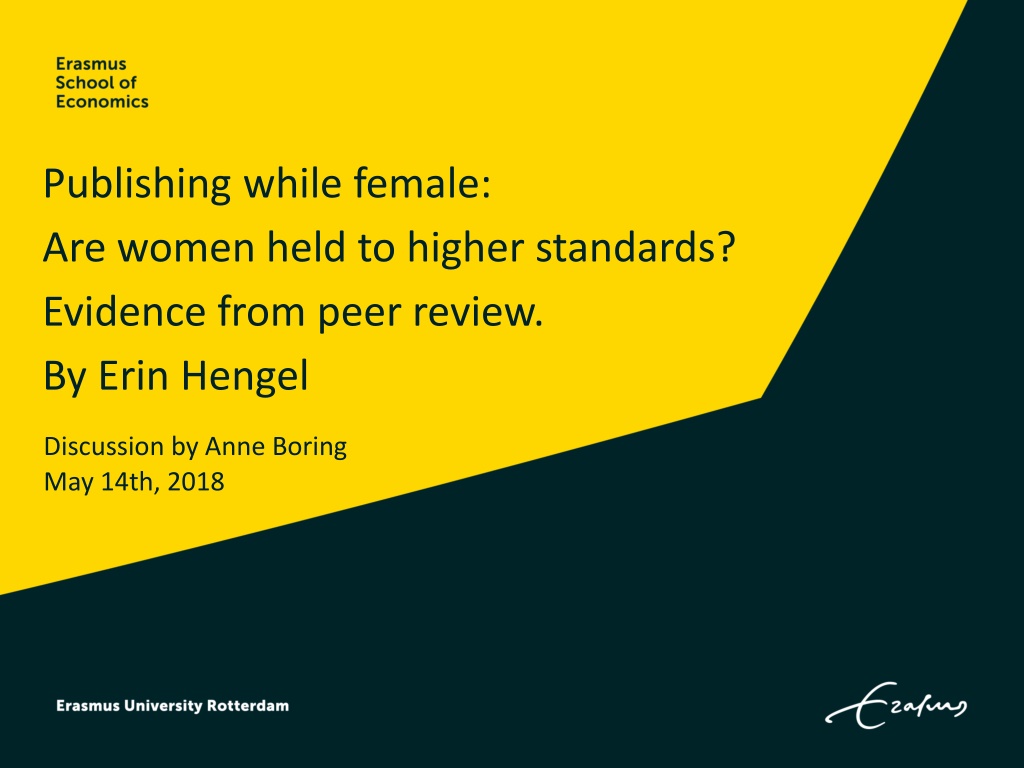
 undefined
undefined
